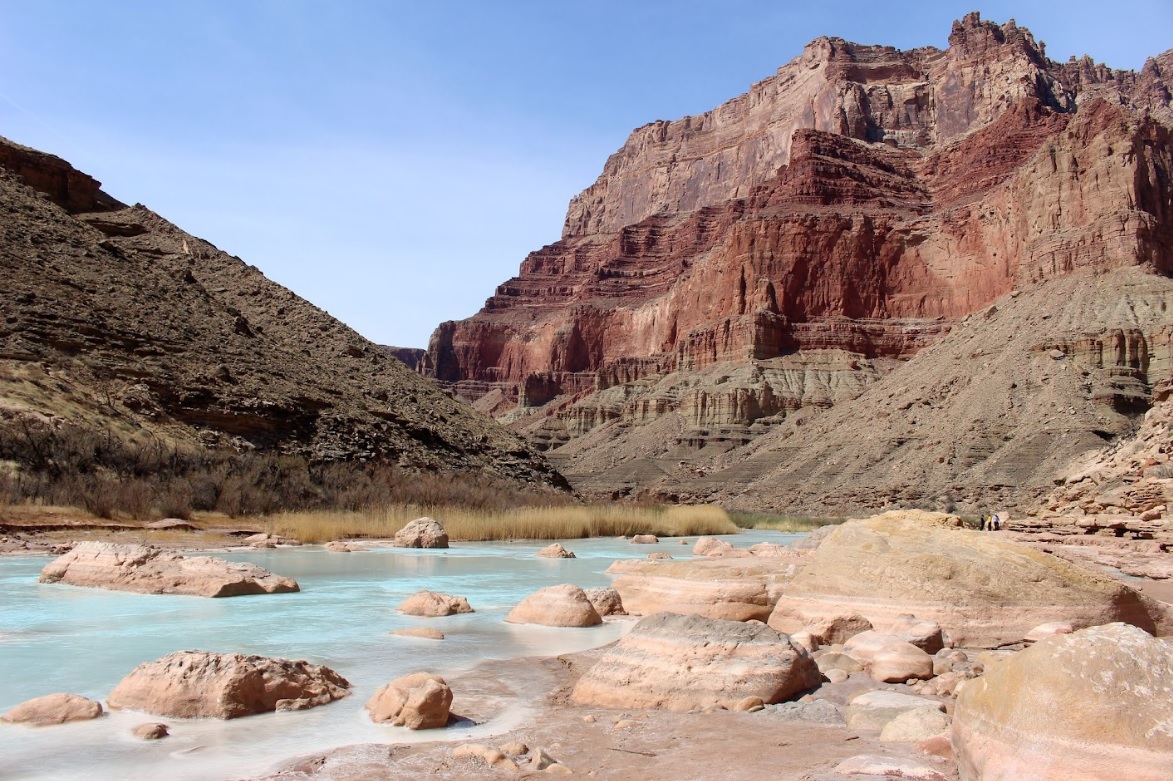By: Louisa Gaylord
Groundwater is a vital source of water for a large part of the United States; it’s used for drinking and irrigation, keeps wells and springs filled, and generally contains fewer contaminants than surface water. Declines in groundwater levels are a growing problem in recent years, resulting in lakes and reservoir levels dropping, and less water flowing in streams and rivers. One such river is the 1,450-mile-long Colorado River that spans seven US states and two Mexican states, with a river basin that covers 246,000 square miles, making it the seventh largest drainage basin in North America. Groundwater is an important indicator of the overall health of the Colorado River Basin, but there isn’t a lot of standardized research about the contributing factors of drought and its long-term impacts on the area.
This summer, one group from our Data Science for Social Good program is examining the groundwater scarcity in the Colorado River Basin to better understand how these changes impact our communities. The project is led by Akshay Mehra, Assistant Professor of UW Earth and Space Sciences, and Sameer Shah, Assistant Professor of UW Environmental and Forest Sciences. The team also includes eScience Research Scientist Vaughn Iverson as the group’s data scientist, and Student Fellows Violet Huang (University of Chicago), Kimberly Kreiss (Princeton University), Maia Powell (University of California, Merced), and Aanchal Setia (University of Massachusetts Amherst).
The DSSG team explored the challenges posed by using readily available, open source data collected from remote sensors, because the needs of the various stakeholders are quite disparate and precise. Processing and using such data to answer interdisciplinary socio-environmental problems requires a deep understanding of what products are available, as well as how their properties can contribute to the specific, problem-oriented research questions at-hand. The group created a workflow capable of downloading, interpreting, and visualizing NASA’s Gravity Recovery And Climate Experiment (GRACE) data to estimate groundwater change dynamics. Their work highlights the complexities of the data product itself, and will ultimately provide a set of reflective lessons on usability which scientists must be aware of in data product design.
Join us on Wednesday, August 16th from 2:30 to 3:30 p.m. for the final project presentations when both 2023 teams will share their findings from the 10-week DSSG program, and any next steps for implementing this research in the future.


